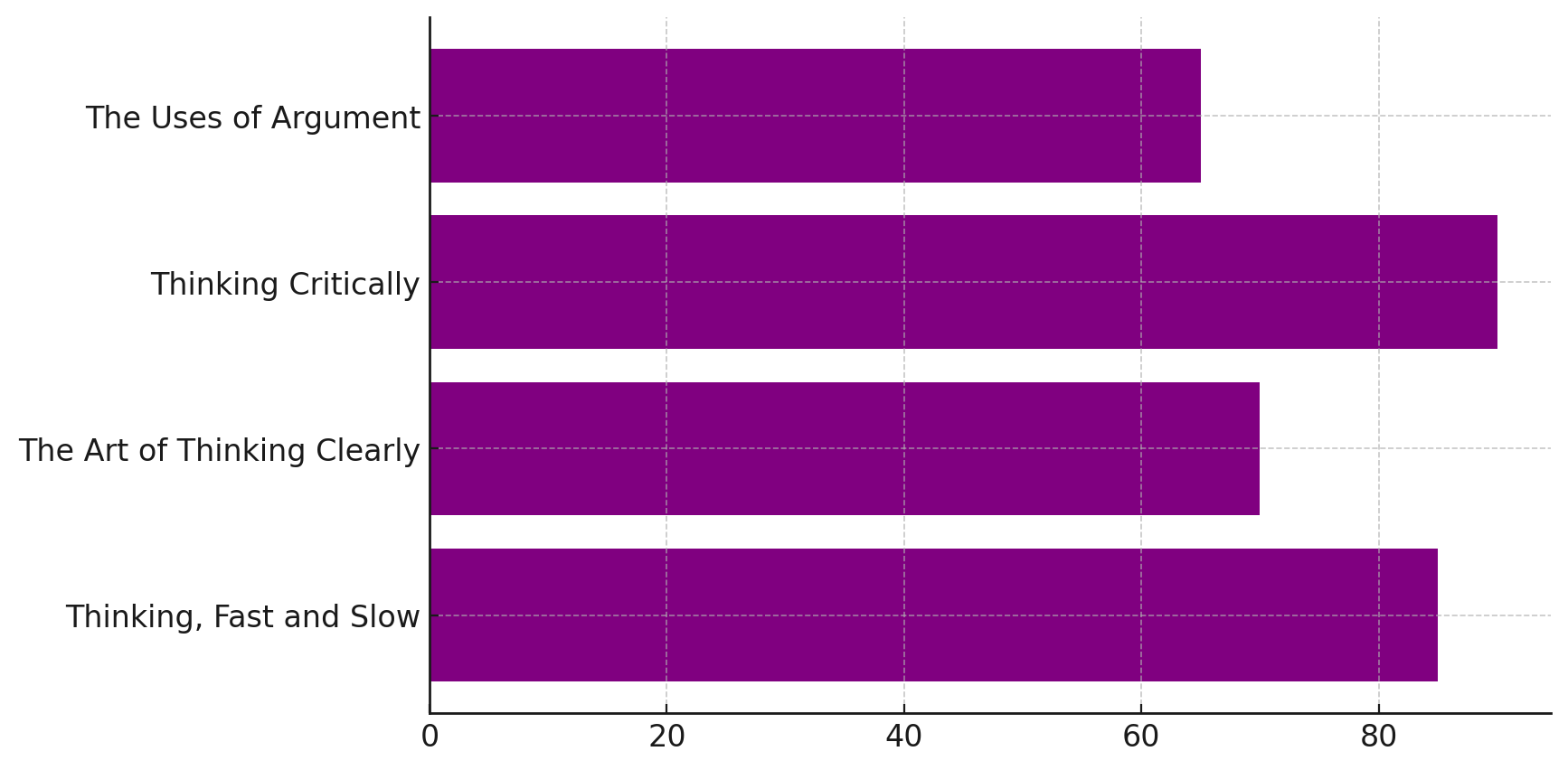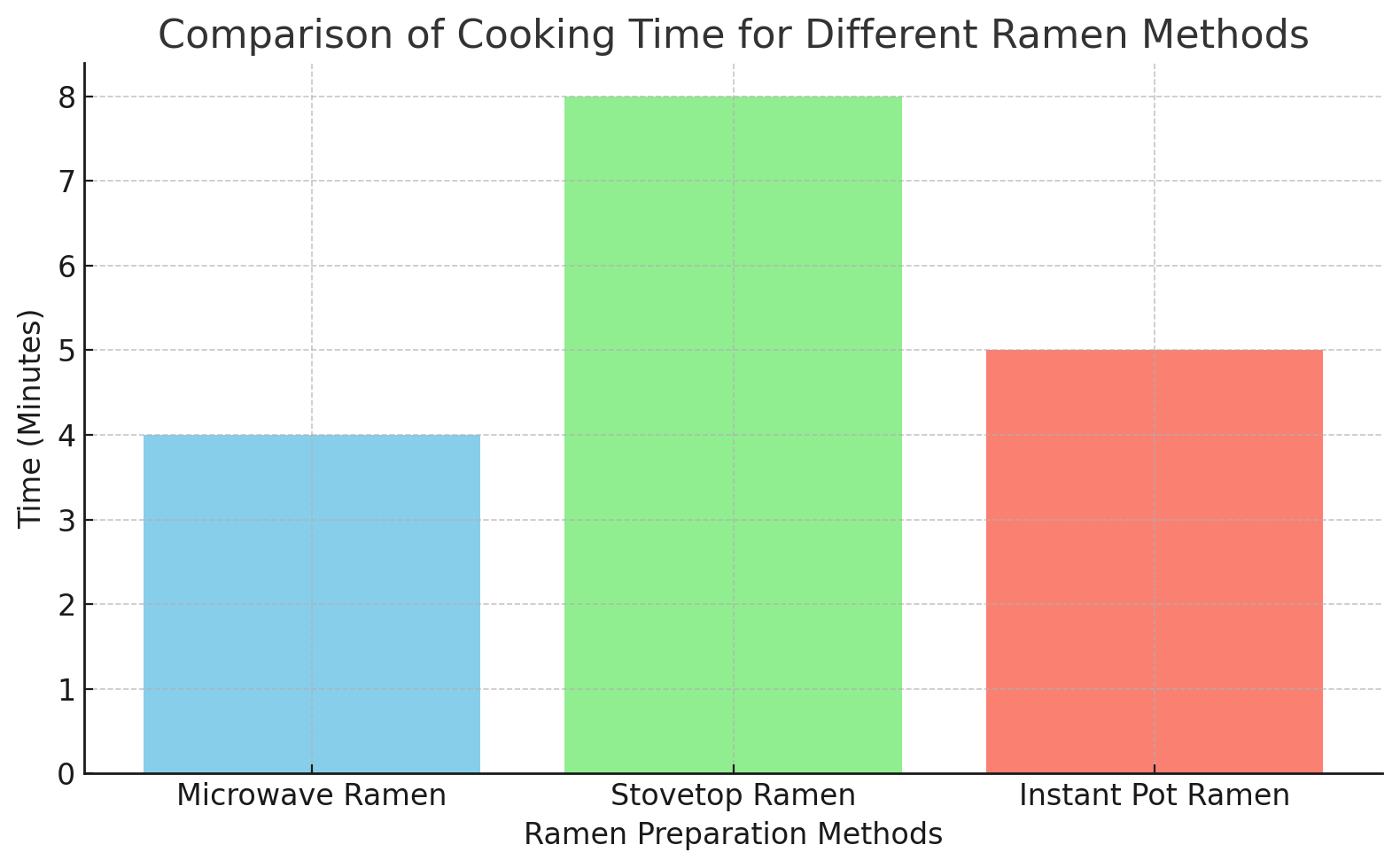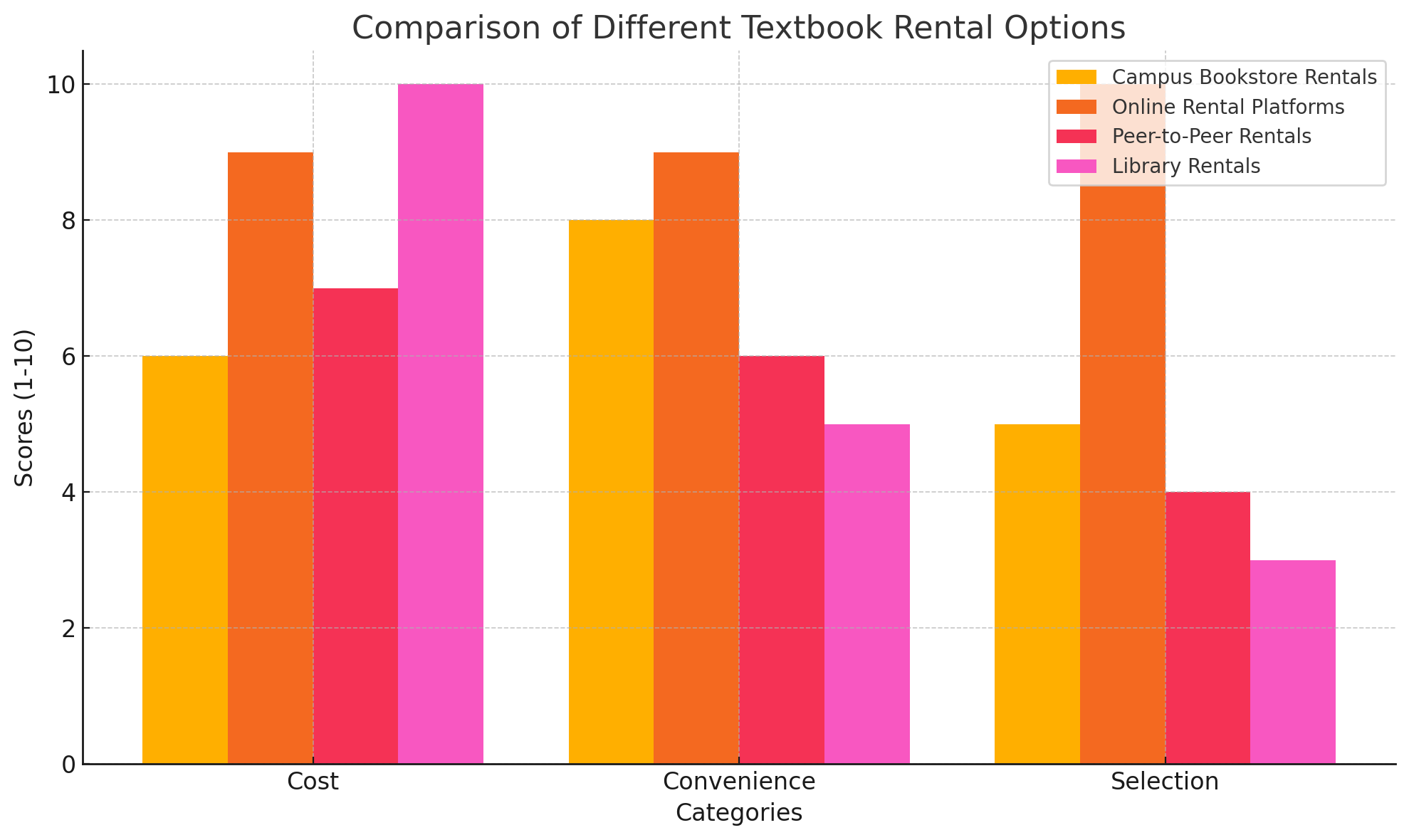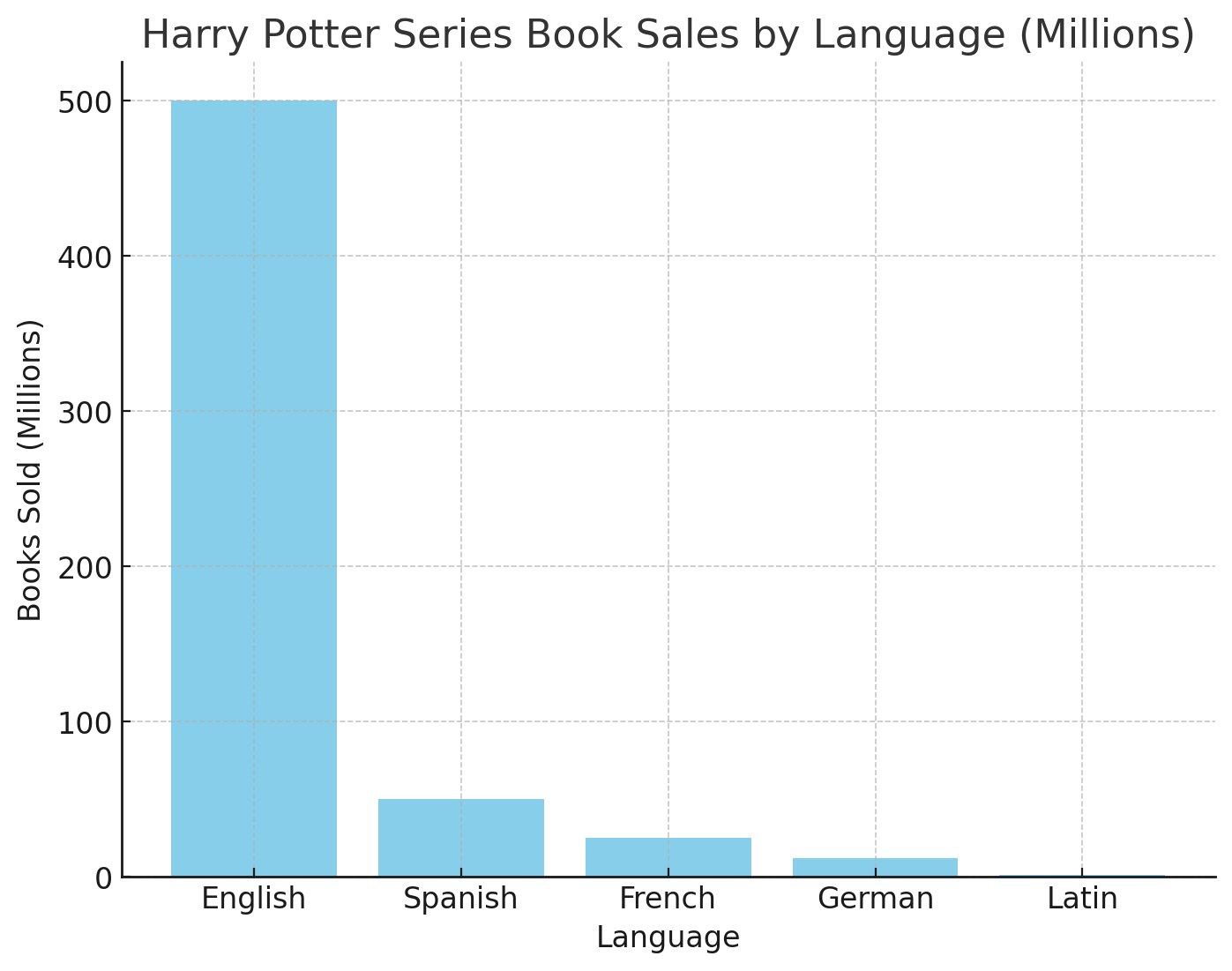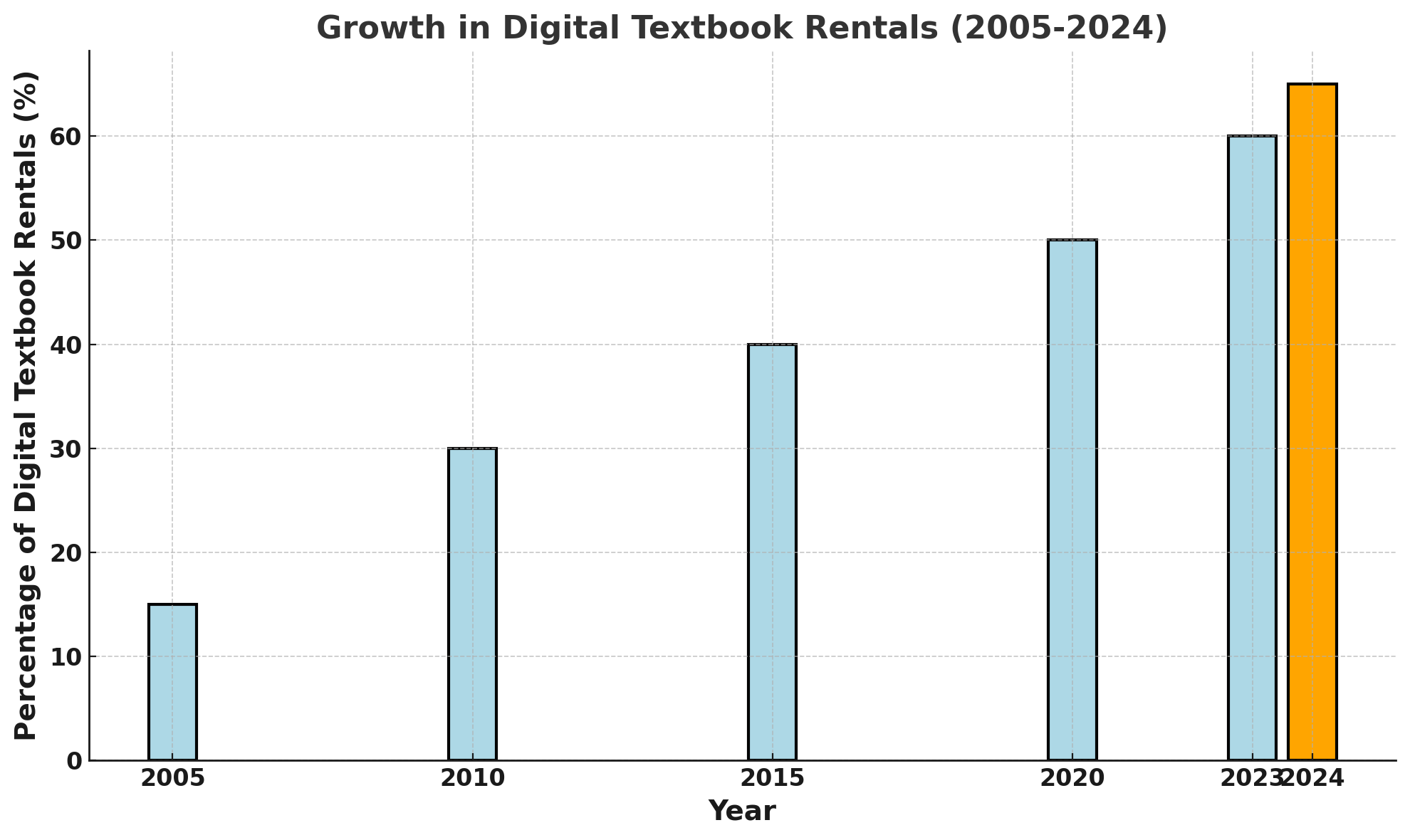Top Computer Science Textbooks: Your Gateway to Mastering Programming and Technology
In the quick-paced world of pc science, staying ahead of the curve is critical for aspiring programmers and seasoned builders alike. Whether you’re looking to start your adventure in coding or deepen your knowledge of complicated algorithms, textbooks remain one of the most reliable and comprehensive resources available. In this text, we’ll explore five undying pc technological know-how books that provide a wealth of programming, cyber security, and networking knowledge. These books are helpful courses for each person searching to thrive in the ever-evolving era.
Introduction
Textbooks offer the structured expertise and in-depth exploration needed to construct a strong basis in computer technology. Whether you're new to coding or already acquainted with critical ideas, those resources are designed to elevate your competencies. The following five books have continually verified their fee, providing sensible advice, arms-on studying, and expert insights into the dynamic international era.
Must-Have Computer Science Textbooks
1. Starting With C: From Control Structures through Objects by Tony Gaddis
Tony Gaddis’ Starting With C is the go-to resource for beginners entering the programming world. Covering control structures and object-oriented programming (OOP), this book has real-world examples that simplify learning.
“The journey of learning programming begins with mastering the basics, and Gaddis’ book makes this first step smoother.”
Key Points:
- Solid Foundation: Builds core knowledge in C programming.
- Hands-On Learning: Packed with practical coding exercises.
- Object-Oriented Programming: Teaches OOP within the C language, a crucial skill for modern developers.
2. Introduction to Programming With Java by John Dean
Java is a flexible language that is used in everything from cellular apps to enterprise systems. John Dean’s book equips readers with Java syntax, data structures, and essential OOP concepts, all delivered through practical examples.
“Learning Java opens countless doors, and this book helps turn that key.”
Key Points:
- Java Mastery: Covers everything from syntax to complex structures.
- Real-World Examples: Includes projects that mirror real-world scenarios.
- Data Structures: Builds an understanding of efficient programming techniques.
3. Computer Security Handbook by Seymour Bosworth
In todays global of common cyber-attacks, the Computer Security Handbook via Seymour Bosworth is crucial for know-how cyber security. This manual covers cryptography, network safety, and hazard management with practical, actual-global examples.
“Security isn't a product, but a technique.”
Key Points:
- Comprehensive Coverage: Encompasses cryptography, danger management, and compliance.
- Real-World Relevance: Provides sensible cyber security solutions.
- Up-to-date Practices: Focuses on the brand new safety first-rate practices.
4. Computer networking by using James F. Kurose
James F. Kurose’s Computer Networking provides an in-depth look at the computer networks sector. From simple TCP/IP to advanced routing protocols, this book simplifies complicated topics through clear explanations and case studies.
“Understanding networks is key to constructing the future in an international digital connection.”
Key Points:
- Networking Essentials: Covers everything from TCP/IP to modern community protocols.
- Real-World Applications: Includes case research that reveals actual-world usage.
- Scalability and Performance: Explains how to layout scalable, excessive-acting networks.
5. Introduction to Algorithms by way of Thomas H. Cormen
Algorithms shape the spine of software development, and Thomas H. Cormen’s Introduction to Algorithms is an authoritative manual. Covering both primary and advanced algorithms, this book is valuable for fixing actual international problems and acing coding interviews.
“Algorithms shape our virtual global; studying them is crucial for any developer.”
Key Points:
- Algorithmic Thinking: Helps broaden a mindset focused on solving complex computational issues.
- Comprehensive Coverage: From sorting algorithms to advanced topics like dynamic programming.
- Practical Problem Solving: Encourages the software of algorithms to real-international issues.
Statistical Overview of Topics Covered
|
Book Popularity (Bar Chart)
The bar chart provides a straightforward comparison of each book's popularity. Each bar represents a textbook, with its height corresponding to its popularity score out of 100. The tallest bar, "Introduction to Algorithms," shows that this book is the most popular among the group, followed by "Introduction to Programming With Java." This chart is handy for quickly visualizing which books stand out in popularity.
Book Popularity (Line Chart)
The line chart illustrates the popularity trend throughout the five textbooks. Each point represents a book's recognition score, and the line connects those points, displaying the progression from one book to the next. This chart indicates the upward thrust and dip in the popularity of various books. "Introduction to Algorithms" tops the listing, while "Computer Networking" sees a decrease in recognition. It enables figuring out which books display a huge boom or lower reputation compared to others.
Book Popularity (Pie Chart)
The pie chart visually breaks down the popularity of the books into percentages, providing a proportional view. Each slice of the pie represents a book’s share of the total popularity. "Introduction to Algorithms" takes the most significant slice, while "Computer Networking" and "Computer Security Handbook" have smaller portions. This chart helps understand the relative popularity of each book in comparison to the total.
Book Popularity (Column Chart)
The column chart (horizontal bar chart) offers a different visual perspective by displaying popularity scores as horizontal bars. This chart type helps compare the popularity scores without focusing on their order. Similar to the bar chart, it shows "Introduction to Algorithms" as the leading, while "Computer Networking" has the most minor popularity. This format allows for easier reading of category labels, which can be particularly helpful when the category names are longer, such as book titles.
Key Takeaways
- Solid Foundations: Whether you're a beginner or a complicated user, those textbooks provide a comprehensive foundation.
- Practical Examples: All featured books emphasize sensible software and actual global situations.
- Diverse Coverage: Topics range from programming basics to superior algorithms and cyber security strategies.
Conclusion
These five laptop technology textbooks are more significant than simply educational tools—they're the foundation upon which you could build a successful profession in a generation. By covering a vast range of subjects and presenting sensible, fingers-on learning stories, these books ensure you're prepared to navigate the complexities of pc technological know-how. As generations continue to evolve, staying informed and up to date is prime, and those textbooks offer a timeless resource to help you live ahead of the curve.

